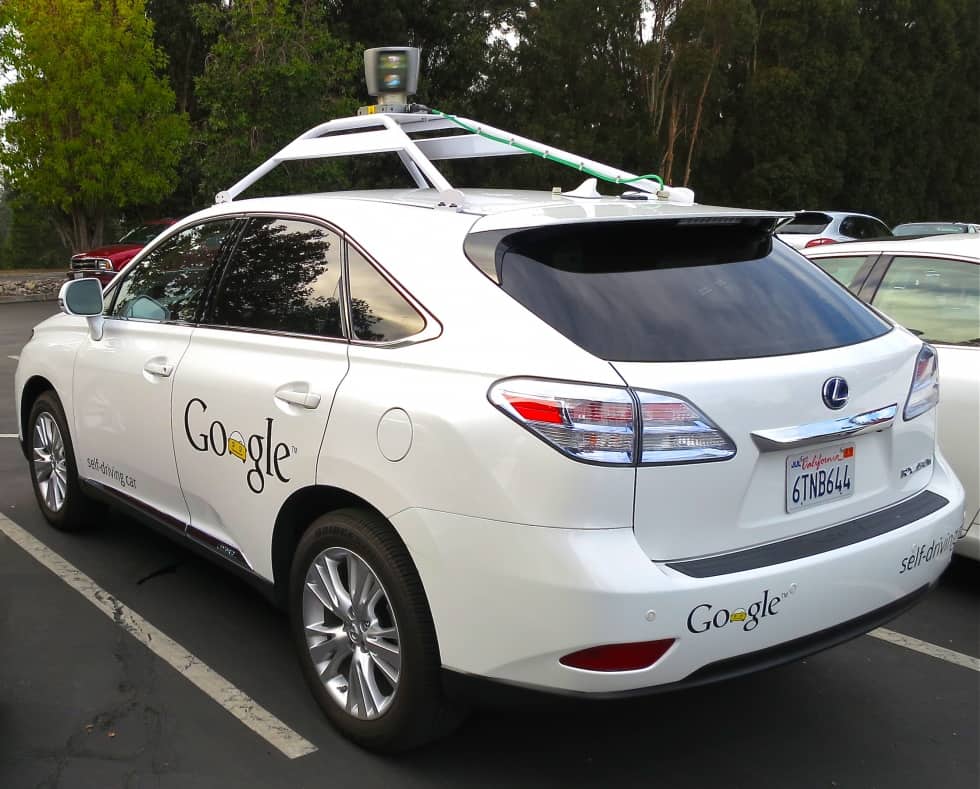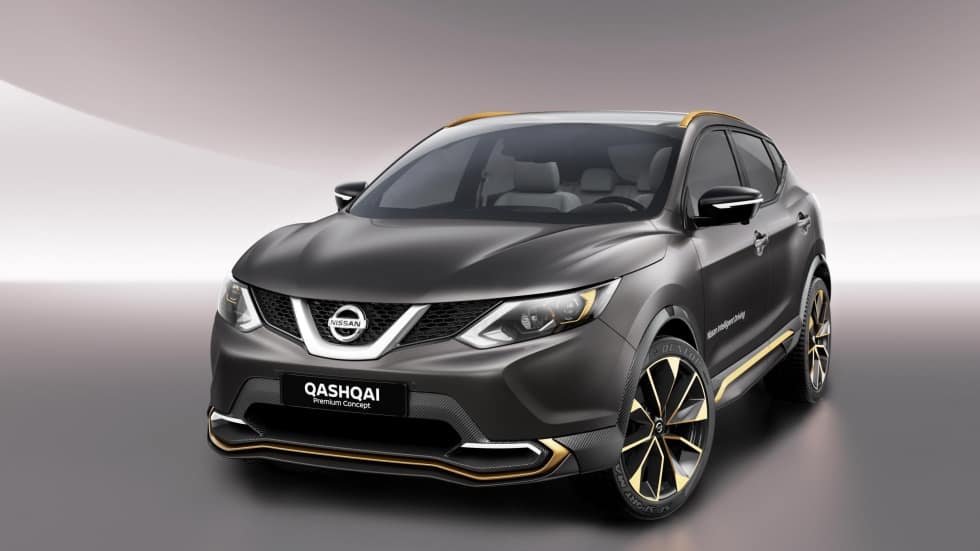 Jon Excell
Jon ExcellEditor
A decade ago autonomous cars were an interesting - though far from inevitable - technological curiosity. Today it’s almost impossible to name a major carmaker that doesn’t have a clear plan to bring the technology to the roads.
A driverless Google car has crashed into a bus. At 2 mph! Hold the front page. Or maybe don’t.
Because, despite the “told you so” tone of some of the stories greeting this incident, by far the most remarkable thing about the tech giant’s driverless car project is that after clocking up almost 1.5 million miles on US roads, this is the first time one of its vehicles has actually caused an accident. For the record, the car reportedly pulled out in front of a slow moving bus assuming it was about to stop.

And whilst some reports have cited Google’s “hands-free” prang as evidence that the driverless car still has a long way to go, the reality is very different.
Just a couple of years ago autonomous cars were an interesting, though far from inevitable, technological curiosity. Today it’s almost impossible to name a major carmaker that doesn’t have a clear plan to bring the technology to the roads sooner rather than later.
BMW, Mercedes, Volvo, JLR, to name just a few, all have advanced driverless car projects underway and are all rolling out semi-autonomous features - such as lane-keeping assistance – on a regular basis. Indeed, on the eve of the 2016 Geneva motorshow, which opens its doors to the public tomorrow (3rd March), VW boss Matthias Muller, reportedly pledged to bring self-driving cars to city streets by 2025.

What’s more, in perhaps one of the most notable announcements in recent months, Nissan has confirmed that the next version of its hugely successful QashQai crossover will feature technology that will allow the car to operate autonomously and safely in a single lane in heavy motorway traffic. This means that within just a couple years – if traffic regulations allow it – you will be able to buy a car capable of driving itself on the motorway.
It’s worth stressing that whilst many of the technical challenges have been overcome, the Google incident is a reminder that some significant ones remain: in particular ensuring that driverless cars can operate safely in the highly nuanced, complex and mixed traffic conditions on our city's streets.
But it’s clear that the technology, and the speed with which it’s appearing on production vehicles is outstripping even the boldest predictions of a decade ago.
The biggest challenge now is ensuring that consumer interest and regulatory frameworks keep pace with the car industry’s apparently voracious appetite to transform the way we get from A to B.




Red Bull makes hydrogen fuel cell play with AVL
Formula 1 is an anachronistic anomaly where its only cutting edge is in engine development. The rules prohibit any real innovation and there would be...